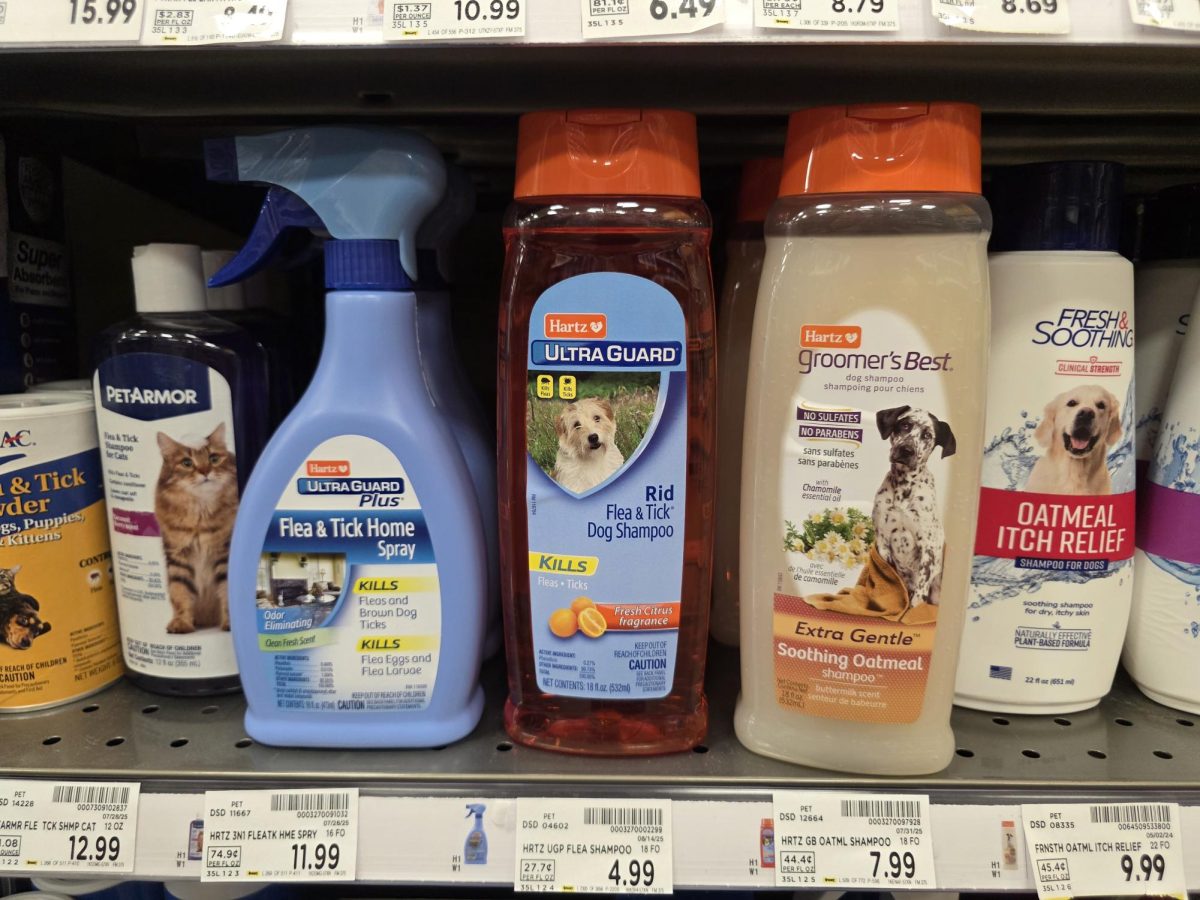It’s challenging not to be intrigued by dollar store prices during a time of persistent inflation. However, you may find yourself guilty after taking a look behind the scenes. Stores and distribution centers are incredibly unsafe, some with no room to move around properly, fire exits and extinguishers blocked, kids’ food gone bad, and rodent infestations.
The profits of dollar stores are fueled by targeting low-income, underserved communities for customers and staff. A former Dollar General CEO described their customers as “in a permanent recession.” The current CEO, Todd Vasos, said “We do very good in good times, and fabulous in bad times.” No store should be doing better when their customers are doing worse.
Many dollar stores are located in communities that are food deserts (areas where access to affordable, healthy food options are limited). They squeeze profits out of underprivileged people through their labor costs. In many stores, only one to two employees are manning the entire store. Referring to higher-positioned workers, Keshia Brown, a former Dollar General employee said, “Y’all out there riding in your expensive cars. Y’all can go out and eat crab, steak, filet mignon, escargot, and all this shit. Meanwhile, all your employees are eating ramen noodles. Think about it. When did a Dollar General worker make $20,000 in a whole year?” The numbers are true, with the average Dollar General non-manager employee making less than $15 an hour and about $18,000 per year.
Dollar General restricts employee hours to avoid paying for extra labor, expecting employees to finish everything without working overtime. “We are overloaded with freight, and we don’t have enough hours in the week or people to put them away. The back room [is a mess], and I can’t even get to the cooler but I have a milk delivery outside,” said Travis Bennett, assistant manager of a Dollar General in Anderson, Indiana.
With such horrible conditions for employees, stores turn into huge messes very quickly. Many stores, mostly in underserved communities, look like hoarder’s houses, with boxes and unorganized products everywhere, sometimes blocking the way to fire exits and extinguishers.
These messes can bring in animals that infest stores, distribution centers and merchandise. Last year, the FDA found over 1,100 rodents that were both alive and dead in “various stages of decay” in a Family Dollar distribution center in Arkansas. This caused over 400 stores to close. A review of Family Dollar’s records said more than 2,300 rodents were collected between March and September 2021. “Families rely on stores like Family Dollar for products such as food and medicine,” said Judith McMeekin, Associate Commissioner for Regulatory Affairs. “They deserve products that are safe.” The FDA said they even found birds nesting in the ceiling at this same facility, pooping and dying on products.
Even with the low-quality environments set for employees, dollar stores are still beneficial to underserved communities. At Target, a 92 fl oz of Tide Original Liquid Laundry Detergent is $12.99 ($0.14 per fl oz). At Dollar Tree, an 8 fl oz of Tide Original Liquid Laundry Detergent is $1.25 ($0.16 per fl oz). Although Target’s laundry detergent is less expensive per fl oz, Dollar Tree will sell you the same detergent for significantly less money if that’s all you can afford.
Dollar stores can help underprivileged families save money and find cheap prices for their necessities but the conditions of stores should not go unrecognized.















